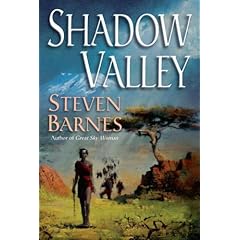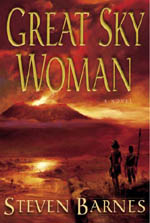“The most important thing I found out from [my father] is that if you asked any question and pursued it deeply enough, then at the end there was a glorious discovery of a general and beautiful kind.”—Richard Feynman
'Know One Thing, Know Ten Thousand Things." --Musashi Miyamoto
The single largest conceptual breakthrough of my life was the juxtaposing of the yogic chakras and the Hero’s Journey. I was just looking for a way to understand my writing better, seriously. The HJ is, I believe, like the 88 keys of a piano. You don’t play each of them every time, in the same sequence, or it’s just a finger exercise. Music comes from striking them in different orders, rhythms, intensities…setting up aural expectations and frustrating or fulfilling them, playing multiple overlapping patterns at the same time, and so on.
And so with what Campbell called the Hero’s Journey. Slavish addiction to fulfilling every step is simply a left-brained person trying to imitate the way a balanced artistic brain works (gee, anyone encountered this in editors or Hollywood executives?).
The HJ is gender-neutral, although it might be observed that male versions tend toward conflicts with environment and groups conflict (overstructure), and female versions tend more toward inter and “intra” personal conflict (understructure). The best and most memorable deal with both at the same time.
Because we reach adulthood having heard/scene countless thousands of basic stories, many of us begin to savor the minimalized story, or even those that are inverted, scrambled or abstracted (say, Luis Buñuel’s Andalusian Dog, which depends on a sophisticated audience which attempts to extract meaning from apparently disconnected and often intense images, or is willing to simply cascade from emotional response to emotional response).
So while the endless “Star Wars” style HJ pastiches grow trite, consider these like musicians who are simply playing scales, rather than seeking new arrangements and rhythms.
The “Chakras” I first encountered in yogic psychology. At the advice of Ray Bradbury, I began to form a view of human nature that I could express in my writing, and the most complete and elegant model in the world is, I believe, the six-thousand year old chakras, which model is echoed in such disparate arenas as Maslow’s hierarchy, Milton Erickson’s model of human change, and the Kabbalah.
It was when I used the HJ as the “X” axis, and the Chakras as the “Y” axis of a model of story that oddness began to happen. More on this tomorrow…
But the echo of Feynman’s statement is just this: if you follow ANY subject deeply enough, not only will you learn interesting things, but you must, by necessity, ultimately learn everything there is to know. Every subject is actually connected to every other, just as all living beings are connected, and matter and energy are different expressions of the same underlying reality.
We’re going to have fun with this: it’s been a while since I dove into these waters.
Steve







No comments:
Post a Comment